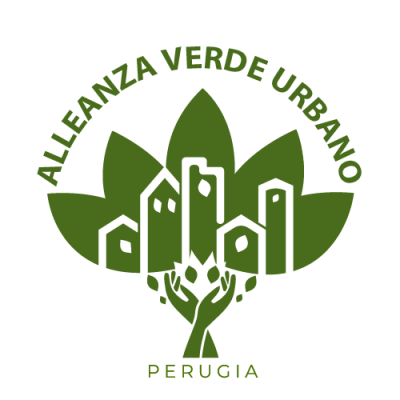- Email : info@lifeclivut.eu
Notícias e Eventos
ALGAE AND GLOBAL WARMING
The University Malaysia Sabah and Xiamen University Malaysia conducted a literature research on algae, published in Renewable and Sustainable Energy Reviews, which would explain the correlation between algae and the mitigation of global warming.
What are they and what are the characteristics of algae?
Algae are photosynthetic prokaryotic and eukaryotic organisms of thallophytic nature that live, depending on the species, in fresh and marine waters.
Their photosynthetic activity is due to the presence of alpha chlorophyll, a pigment that gives them color and makes them fundamental "actors" of food webs on earth.
They have chelating abilities, i.e. to absorb heavy metals in water, and have the ability to absorb CO2.
This CO2 absorption capacity would be fundamental to counteract the phenomenon of global warming; In fact, the two universities mentioned above have identified different areas, current and potential, in which algae can be used.
The first effect is the capture of bluecarbon, or "biologically driven carbon fluxes and storage in marine systems that are amenable to management".
Blue carbon is a type of carbon that is stored and captured by oceans and coastal ecosystems, specifically algal ecosystems which, together with CO sequestration, safeguard the habitat of other marine organisms.
Can it be defined as a regenerative ocean agriculture?
Intended as a system of polyculture breeding of algae and other organisms, this aims to reinvigorate marine habitats, exploiting photosynthesis and thus controlling the temperature of the oceans.
Considering the compatibility between the various ecosystems, they could be located in oxygen-poor and acidified areas but also in areas eroded by the coast; In addition, livestock farming limits the bioaccumulation of heavy metals and allows biomass to be harvested before it decomposes and therefore releases carbon.
For now, it is claimed that it absorbs about 1500 tons of CO2/km2/year, but it is not yet known to what extent it can mitigate global warming.
Can they only be used as CO2 absorbers?
In fact, the potential of algae is extremely vast; Macroalgae forests, which cover about 9% of the global ocean surface, can produce enough biomethane to meet the energy needs of fossil fuels, the main cause of global warming.
They remove up to 53 billion tonnes of CO2 from the atmosphere per year, resulting from biogas production and biomethane combustion discharge levels.
Algae meet long-term energy demand, unlike land crops, and have higher productivity for three reasons:
- Amount of biomass
- Strong mass farming capacity
- Higher lipid and carbohydrate content
In a study on algae harvested from the northwest Mediterranean coast, Dilophus fasciola met the recommended values of international biodiesel standards; another study conducted on 22 species collected near Abu Qir Bay (Alexandria), claims that Ulva intestinalis is the best for the circular production of biodiesel-diomethane.
What are the pros and cons?
Algae can be exploited for different purposes and in different sectors, however, they are subjected to seasons and environmental factors such as temperature, salinity and light and this affects their biochemical composition.
Investments for these farms are quite expensive and it is necessary to guarantee technical preparation to operators and suitable equipment.
Realizing this nascent field requires a huge expense but if you want to promote an eco-sustainable transition you need to know how to make some sacrifices.
Click here for download
























